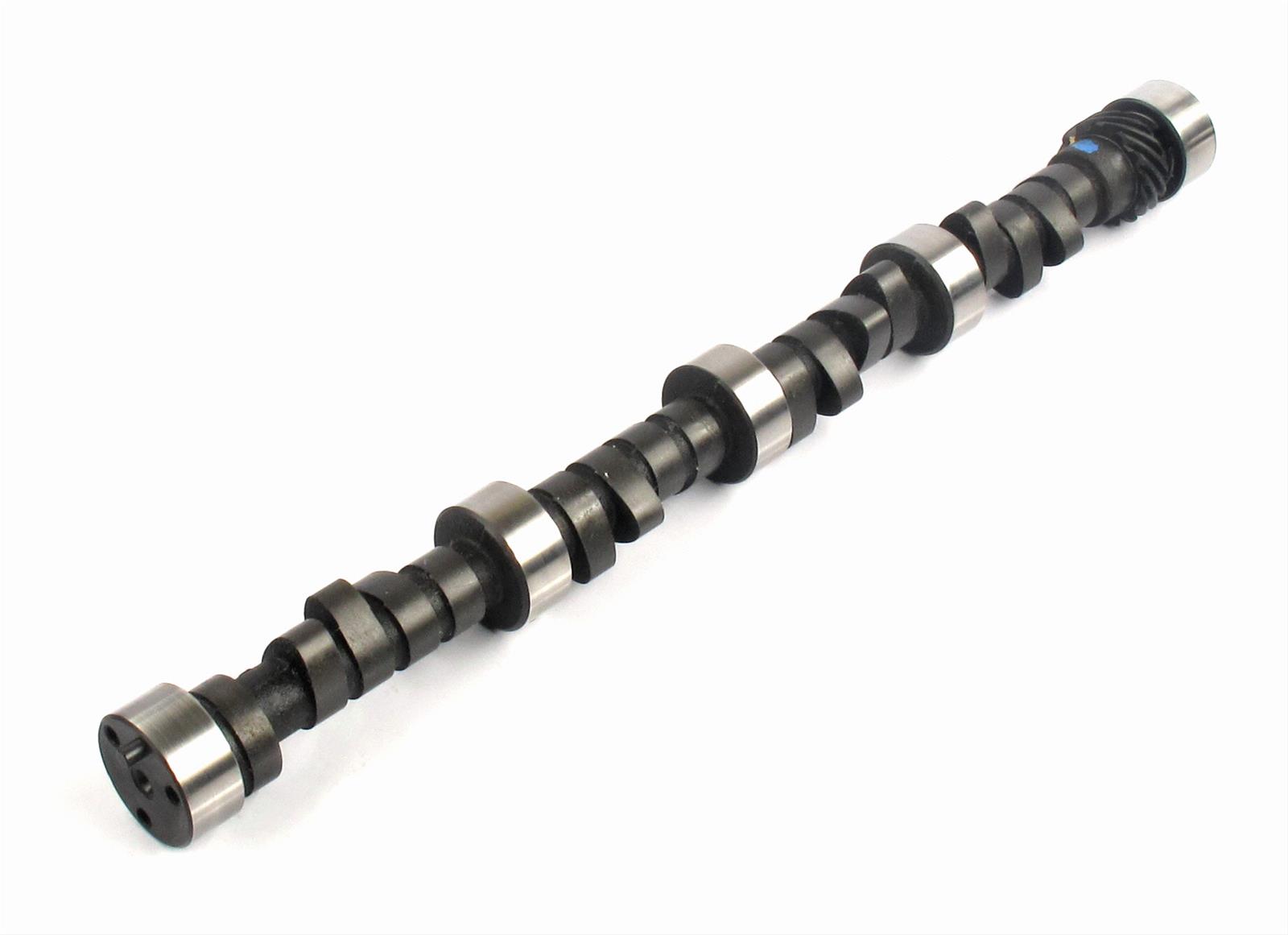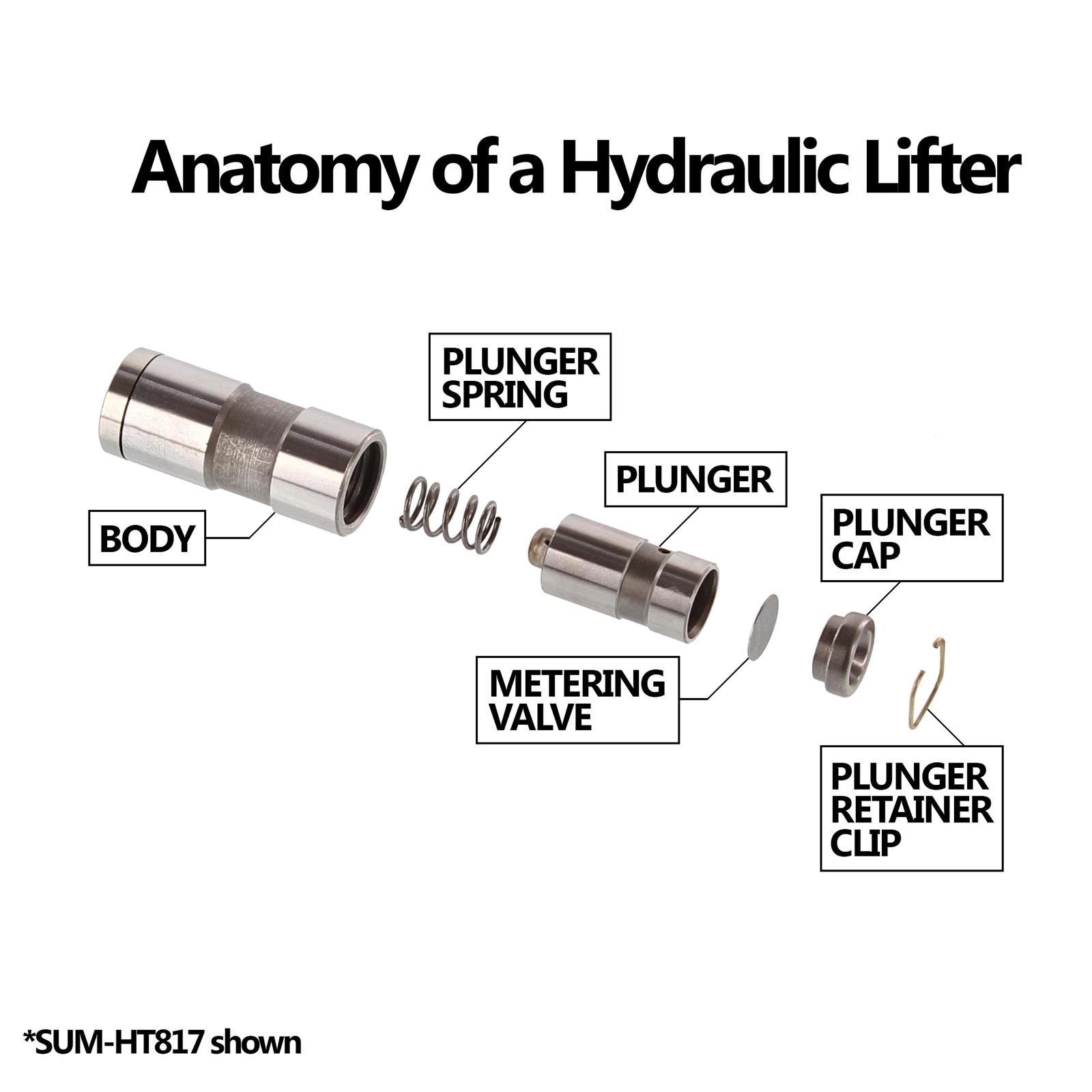Want a big camshaft with realistic street manners? Choose anti-pump-up lifters
As engines have become more efficient and refined over time, the older low-rpm, long-stroke designs slowly gave way to high-revving engines of just about every cylinder count imaginable. As the rev ceiling went up, engineers had the tough job of designing camshafts that could maximize both low-rpm and high-rpm power. Compromise too much and you might kneecap both in the interest of drivability, or you might create a finicky engine that’s too aggressively set up for one or the other. Thanks to evolutions in hydraulic lifter tech and anti-pump-up systems, though, a no-compromise engine is possible.
Hydraulic lifters are hardly new technology. The design traces roots to 1910 and a French car builder named Amedee Bollee. He was the first to create a self-adjusting tappet that used engine oil pressure to fill the lifter and remove the lash (or free play) from the system. This created an easier to maintain system, compared to the widely used solid lifter that required regular adjustments in order to maintain lash.
The camshaft of an engine controls the opening and closing of the valves—and thus the airflow in and out of the cylinder—by way of lobes that ramp pressure on the valve stems. The shape of the lobes on a camshaft can be tuned for quicker opening or closing of the valves, or for longer openings in comparison to the piston travel. Camshafts with a profile designed for high-rpm power typically have terrible manners at low rpm, which is where a street car is driven most of the time.

Since the hydraulic lifter fills with oil to remove lash from the system, it can also be tuned. An example of this would be the Rhoads lifter system, a bleed-down design that minimizes the compromise usually necessary for a big, aggressive camshaft. Engine oil is fed to the lifter in the same manner, but at low rpm, a slot in the lifter body keeps the lifter from pumping up as it normally would, thus the lifter soaks up some of the lift and duration of the camshaft. As the rpms increase, the amount of time the lifter has to bleed off pressure decreases, thus returning to full lift and duration.
There is a drawback, though. With bleed-down lifters, the valvetrain can be noisy at low rpm—even when properly adjusted. Most users consider the offending ticking noise to be similar to what you hear with solid lifters, which are still commonly used in high-performance engines.
On the other end of the spectrum are anti-pump-up lifters. While they sound similar in name to bleed-down lifters, they actually do the opposite when installed in an engine. As engine rpm increases, especially to numbers north of 6500, lifters can pump up and cause the valve to hang open just a bit. Typically, this is caused by the valve bouncing off the valve seat as it closes.

Often confused with valve float, which is when the valves cannot close fast enough, this bounce allows the lifter piston to push just a bit further than normal operation. The oil pressure bleeds off the lifters as the engine speed decreases, re-tuning the system to proper lash adjustment. A positive stop within an anti-pump-up lifter prevents that slight overextension that would cause the valve hang, thus keeping the proper adjustment throughout the rev range.
With these pieces of engineering, engine builders have the ability to build engines that deliver power at ever-growing rpm ranges. Most hydraulic lifter manufacturers build their own versions of anti-pump-up and bleed-down lifters, so you can likely purchase from your favorite brand. Adjusting them properly takes some time, but if your goal is a high-performance engine with decent manners, it’ll be worth the dollar and time investment.


